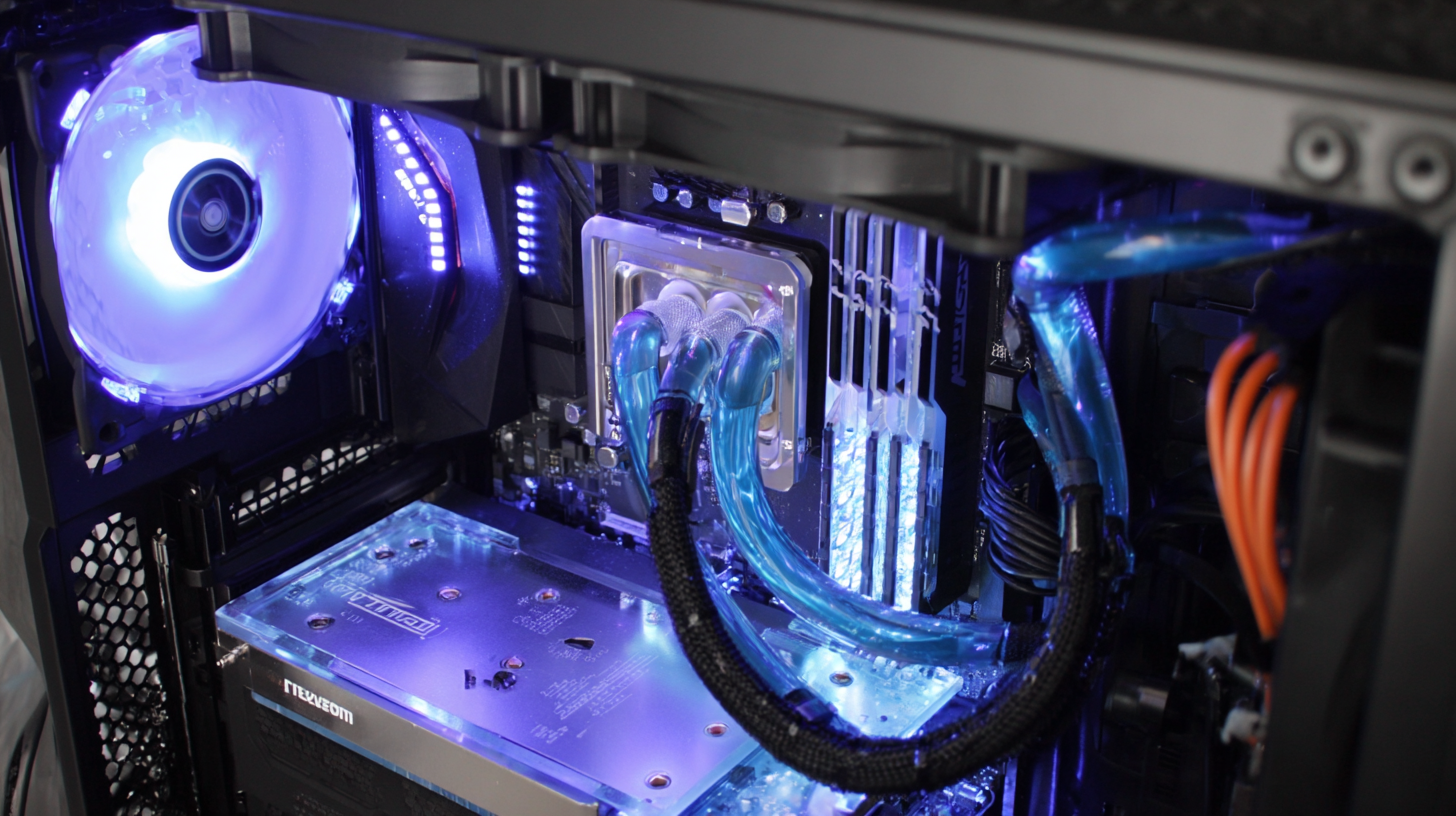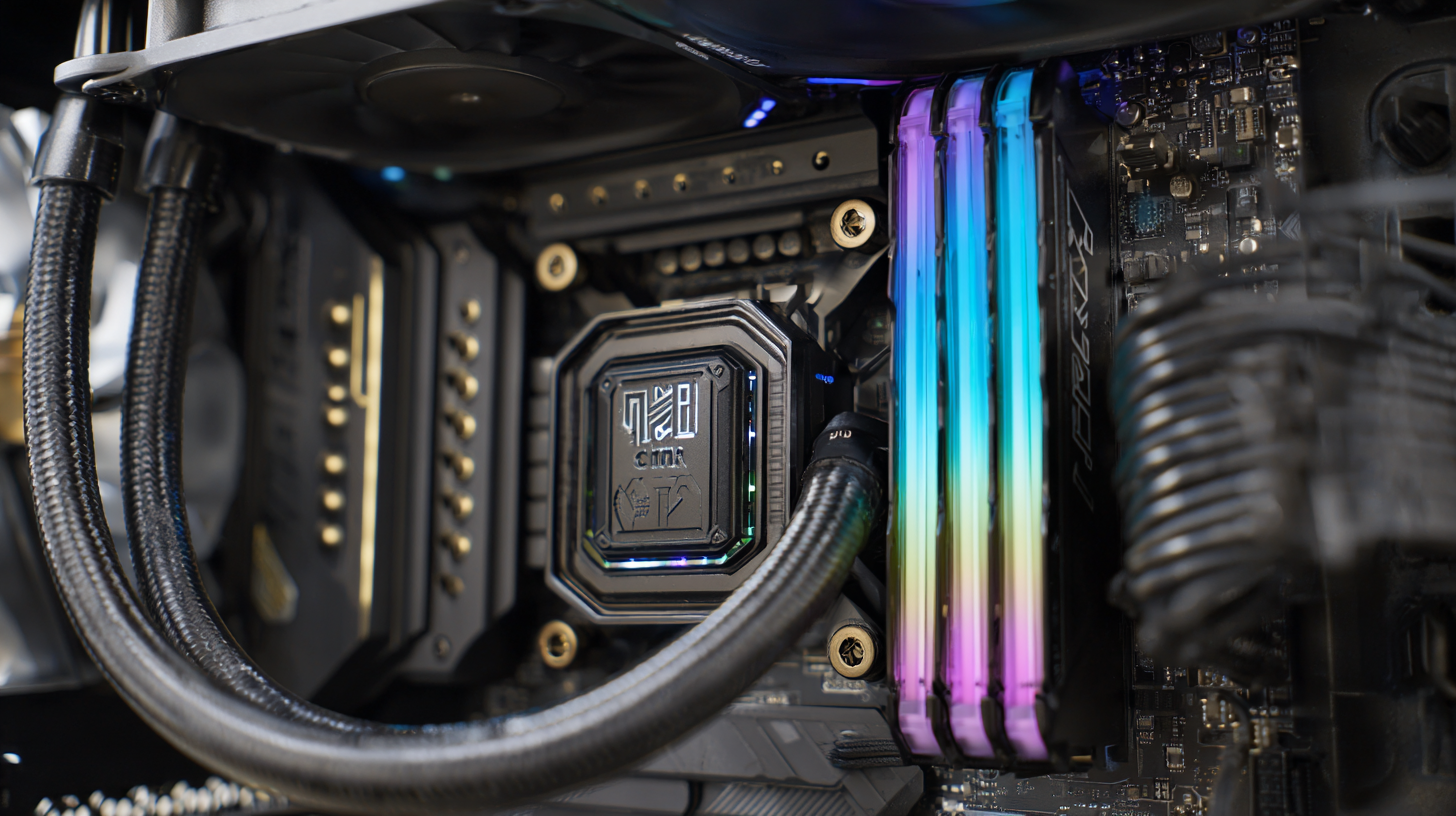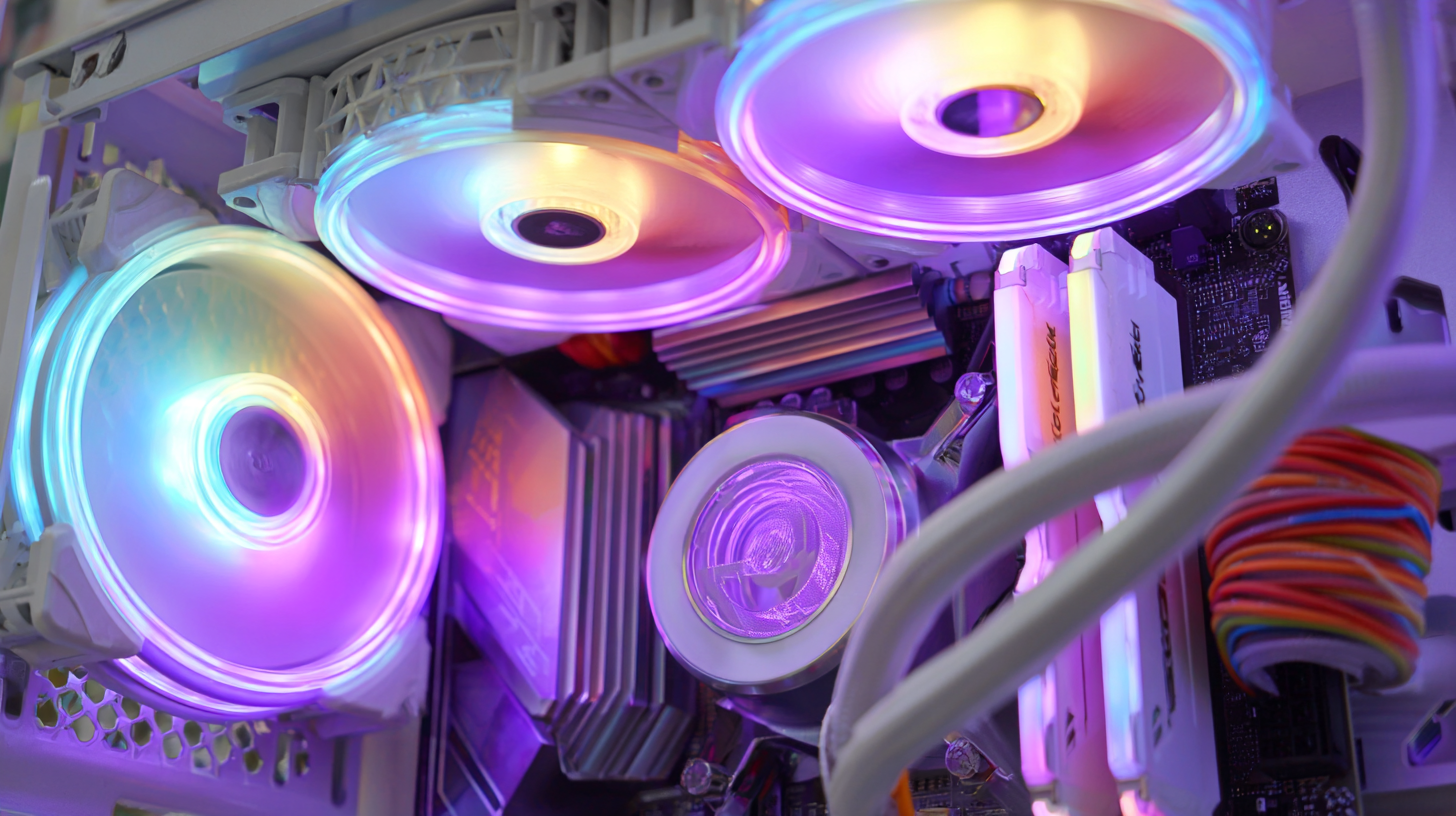Leave Your Message
- Phone
- E-mail
- Whatsapp


In the ever-evolving landscape of PC cooling solutions, the performance and efficiency of Aio Cooler Radiators have become increasingly critical for enthusiasts and gamers alike. According to a recent report by TechInsights, the demand for advanced liquid cooling systems is projected to grow by 15% annually, driven by the rising need for high-performance components capable of handling extreme workloads. However, with a myriad of options available on the market, selecting the right Aio Cooler Radiator can be a daunting task fraught with challenges, including compatibility issues and varying performance metrics. This blog will delve into the essential specifications required for optimal cooling performance while addressing common industry production standards and problems that arise when choosing the perfect Aio Cooler Radiator for your individual needs.

When it comes to optimizing your computer's thermal performance, All-In-One (AIO) coolers stand out for their blend of efficiency and convenience. Understanding the features of AIO coolers is essential for anyone looking to enhance their system's cooling capabilities. Most AIO coolers come pre-assembled, which eliminates the need for complicated installation processes. They typically consist of a pump, radiator, and fans, allowing for effective heat dissipation while minimizing clutter inside your case. This straightforward setup means you can enjoy an organized build without compromising on cooling efficiency.
Additionally, AIO coolers generally offer advanced technology in cooling performance, such as larger radiators and variable pump speeds, which provide better thermal management for high-performance CPUs. Many models come with RGB lighting options, adding an aesthetic appeal alongside their functional benefits. The quiet operation of these coolers is another advantage, as they can maintain low noise levels even under heavy loads. By merging practicality with performance, AIO coolers not only extend the lifespan of your components but also enhance your overall computing experience, making them an excellent choice for gamers, content creators, and PC enthusiasts alike.
When selecting an All-In-One (AIO) cooler radiator, understanding key specifications is crucial to ensuring efficient cooling performance. First, consider the radiator size, often measured in millimeters. Popular sizes include 120mm, 240mm, and 360mm. The larger the radiator, the more surface area it has, which typically allows for better heat dissipation. However, make sure your case can accommodate the size you choose. A balance between radiator size and available space in your PC case is essential for optimal airflow and cooling performance.

Another important specification is the fin density and thickness of the radiator. Higher fin density can lead to improved cooling, but it may also restrict airflow. It's essential to find a radiator with a good balance that provides enough cooling without hampering fan performance. Additionally, look at the pump design and flow rate; a high-quality pump will efficiently circulate coolant while maintaining low noise levels. Combine these specifications with your specific thermal needs and aesthetic preferences, and you will be well-equipped to choose the right AIO cooler radiator for your setup.
When it comes to selecting an All-in-One (AIO) cooler, performance should be your primary focus. Evaluating AIO coolers involves considering several key specifications that directly impact cooling efficiency. Start by examining the radiator size, which typically ranges from 120mm to 360mm. A larger radiator allows for better heat dissipation, making it suitable for high-performance CPUs. Additionally, fans play a critical role; their speed, airflow rate, and noise levels are essential metrics. Look for coolers that offer adjustable fan curves to balance performance and noise according to your needs.
Another important aspect to consider is the cooling liquid used in the AIO cooler. Quality and formulation can vary among brands, affecting longevity and cooling capabilities. Furthermore, assess the pump design and placement, as an efficient pump can significantly enhance thermal performance by maintaining optimal liquid flow. Lastly, scrutinize the build quality and warranty offered by manufacturers. A well-constructed cooler with a solid warranty often reflects better long-term reliability and performance, providing peace of mind in your investment.
| Model | Radiator Size (mm) | Fan Speed (RPM) | Noise Level (dBA) | Cooling Performance (°C) | Price ($) |
|---|---|---|---|---|---|
| Model A | 240 | 1200 - 2000 | 25 | 65 | 150 |
| Model B | 280 | 800 - 1800 | 30 | 62 | 170 |
| Model C | 360 | 1000 - 2100 | 22 | 59 | 200 |
| Model D | 120 | 1500 - 2200 | 28 | 70 | 120 |
When selecting an all-in-one (AIO) cooler, understanding your specific needs and budget can significantly impact your overall experience. For gamers looking for high performance, models like the Corsair H115i RGB Platinum and NZXT Kraken X63 are often recommended. According to a 2022 report by Gamers Nexus, these models excel in thermal performance, often maintaining CPU temperatures below 70°C under load, making them ideal for overclocking enthusiasts or those running demanding applications.

For budget-conscious users or those with less intensive cooling needs, the Cooler Master MasterLiquid ML240L RGB provides a compelling option. The 2023 Hardware Unboxed review highlights its affordability, along with respectable cooling capabilities, achieving temperatures around 75°C during stress tests. This balance of price and performance makes it suitable for casual gamers or those seeking to upgrade their cooling solution without breaking the bank.
Moreover, users interested in low-profile solutions for compact builds may consider models like the Noctua NH-L9i, which, while not an AIO, offers excellent airflow and fitting in tight spaces. As the demand for efficient cooling continues to grow, knowing which AIO cooler fits your specific use case and budget is crucial to optimize both performance and investment.
When it comes to installing an AIO cooler radiator, careful attention to detail can make a significant difference in performance and durability. Proper installation starts with selecting an appropriate mounting location within your case, ensuring that there is enough space for the radiator and fans. For optimal airflow, position the fans to draw cool air from outside the case or push warm air out. Industry reports indicate that a well-mounted AIO cooler can significantly reduce CPU temperatures by up to 20 degrees Celsius compared to stock coolers, making it a crucial investment for gamers and PC builders alike.
Maintenance is equally important to ensure the longevity of your AIO cooler. While modern AIO systems require minimal upkeep, periodic cleaning of dust buildup on the radiator and fans can enhance cooling efficiency. Swap out the coolant every two to three years to maintain performance and prevent corrosion within the unit. Regular checks for leaks or any signs of wear can help prevent potential failures, ensuring your system runs smoothly and remains cool during intensive gaming sessions or heavy workloads. Remember, a well-maintained AIO cooler not only enhances your gaming experience but also sustains your CPU's performance over time.
